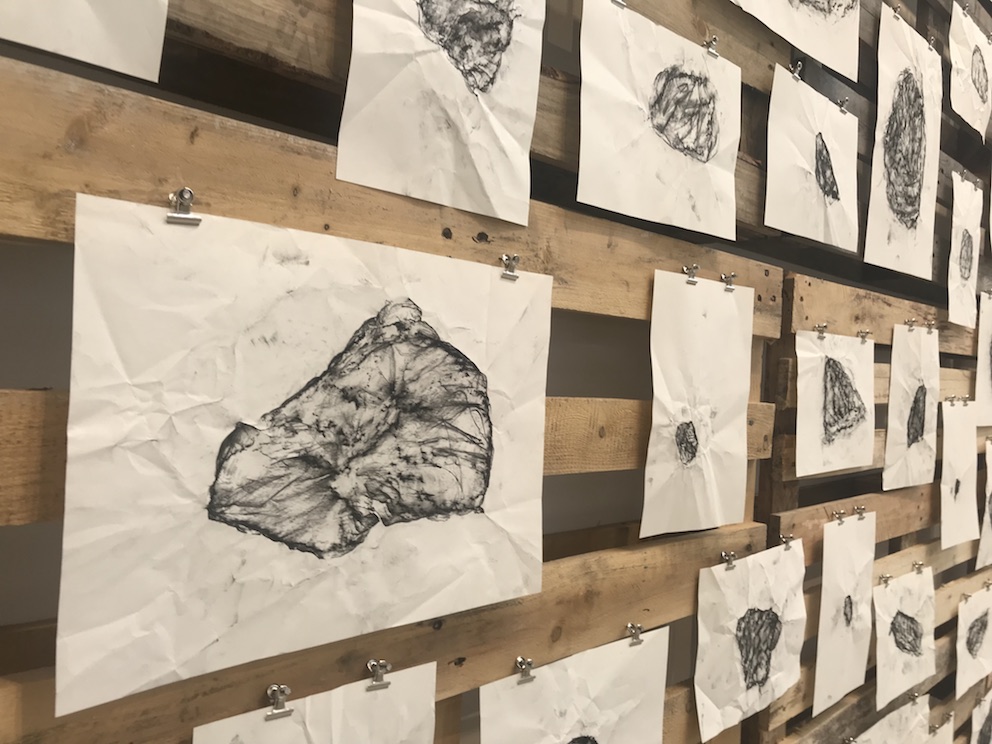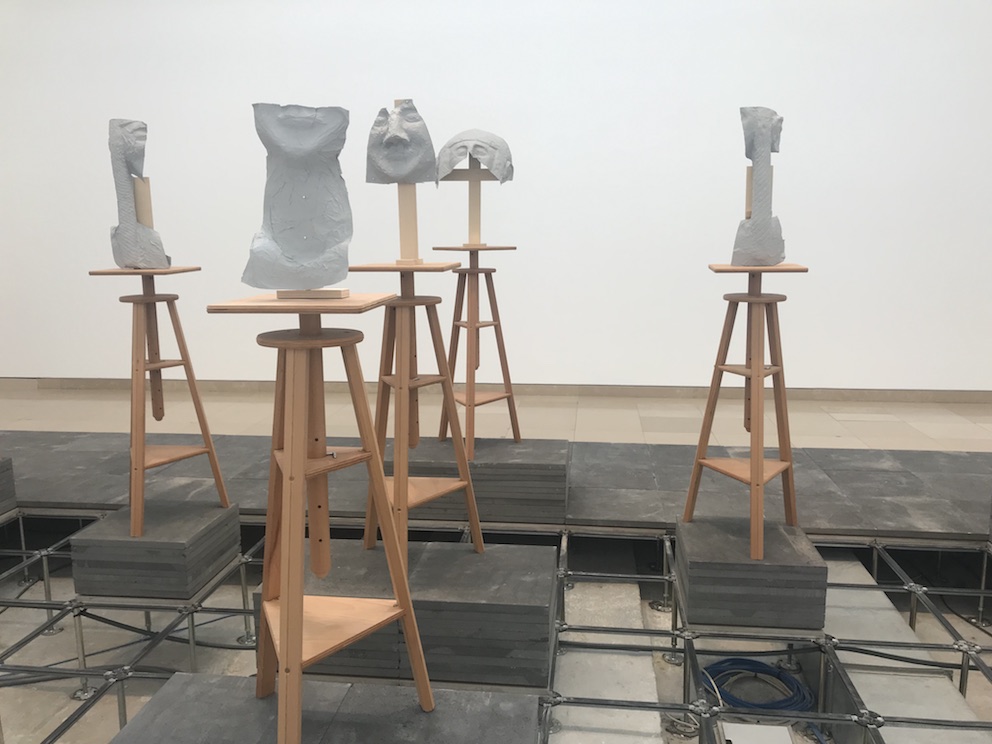How to describe an exhibition which gives the impression that it is good or even exceptionally good? What is being addressed – emotionally, intellectually or aesthetically? Are these certain issues that are somehow connected to the here and now, including the provocations of politics, the social and economic exploitation in the international market of goods and labor, or the dramatic imbalance of the planet as a whole? Are there special moods, a certain atmosphere or a seductive, sensual spatial experience?
Do we have to expect imagery and spatial worlds that are surprising, provocative or irritating? Or should things be more puzzling, jeopardizing our perception, and making our thinking come to nothing? Are the first look, the first impression decisive?
‘We Talk’ will be an attempt to approach such questions about the role of contemporary art through exhibitions and works we encounter. We want nothing less than to try to formulate what distinguishes art. Or more precisely, we want to describe what outstanding art teaches us about its own meaning for the present.

At the Carré d’Art – Musee d’Art Contemporain in Nîmes, Beirut-born artist Rayanne Tabet has realized an exhibition that caters to such questions. It is outstanding and simply unusually good.
Yes, there are works on paper, drawings or rubbings. There are sculptural works, historical documents, transport documents and installation situations that are conceptually and narratively linked. There is a wide range of repertoire that artists can play today. But that is not the essential. Many exhibitions look more or less like this.
More importantly, walking around, seeing the works, and reading the short stories, creates the impression that there is more than just what is directly perceptible. The exhibition as a whole develops a larger context. The space around the objects is expanding. It becomes a mental space in which many exciting stories are connected. Personal details from the family, the life cycle of different generations, historical persons from history and questions about the late-colonialistic handling of cultural goods are suggested. The difficulties of dealing adequately with archaeological finds, robbery, destruction, restoration and the return of works of art to the countries whose cultural history they originate from – all these are present in the exhibition.
It all comes very easy. The exhibition can be read like a notebook for a larger narrative. It goes further than what is directly seen and conveys a mood that is determined by a deep respect for the complexity of reality. It is really about mindfulness, cautiousness, a loving handling of the fragile reality. That’s remarkable, you can feel it. It is probably an ethical attitude towards reality and an indication of how to deal with the fragile balances and significant imbalances. The exhibition tries to approach, gives hints, cautiously points out, is never instructing. A really grandiose exhibition, even though it made our initially formulated questions rather more complex.
An ethical sound handling of the contradictory reality? Should that be an indication for good art? What kind of dilemma does that bring to us when contemporary art is at the center of an unbridled flood of goods and complete marketing? When we do usually experience contemporary art more as easy consumable entertainment?

Shattered, split, broken into pieces, destroyed, spread out over the whole word or lost forever, that is probably the way things are going for many objects on their journey through time, from the past into the future. This fact is one of the underlying themes in the exhibition.
Even the personal estate can be subject to such a process of disappearance. Especially if it is the express wish of the deceased that his heritage should be divided again and again among the following generations.
The Phosphor bomb, which hit the Tell Halaf Museum in Berlin on November 22, 1943, also caused the archaeological finds to break into more than 27,000 fragments, which in the meantime could largely be reassembled. But well over 2000 fragments of the basalt rock could no longer be assigned.
Such stories are behind the marvelous exhibition at the Carré d’Art in Nîmes, which presents six groups of works by the Lebanese artist Rayyane Tabet in six exhibition spaces.
Rayyane Tabet – Fragments
Carré d’Art – Musée d’Art Contemporain
Nîmes
April – 12.09.2019